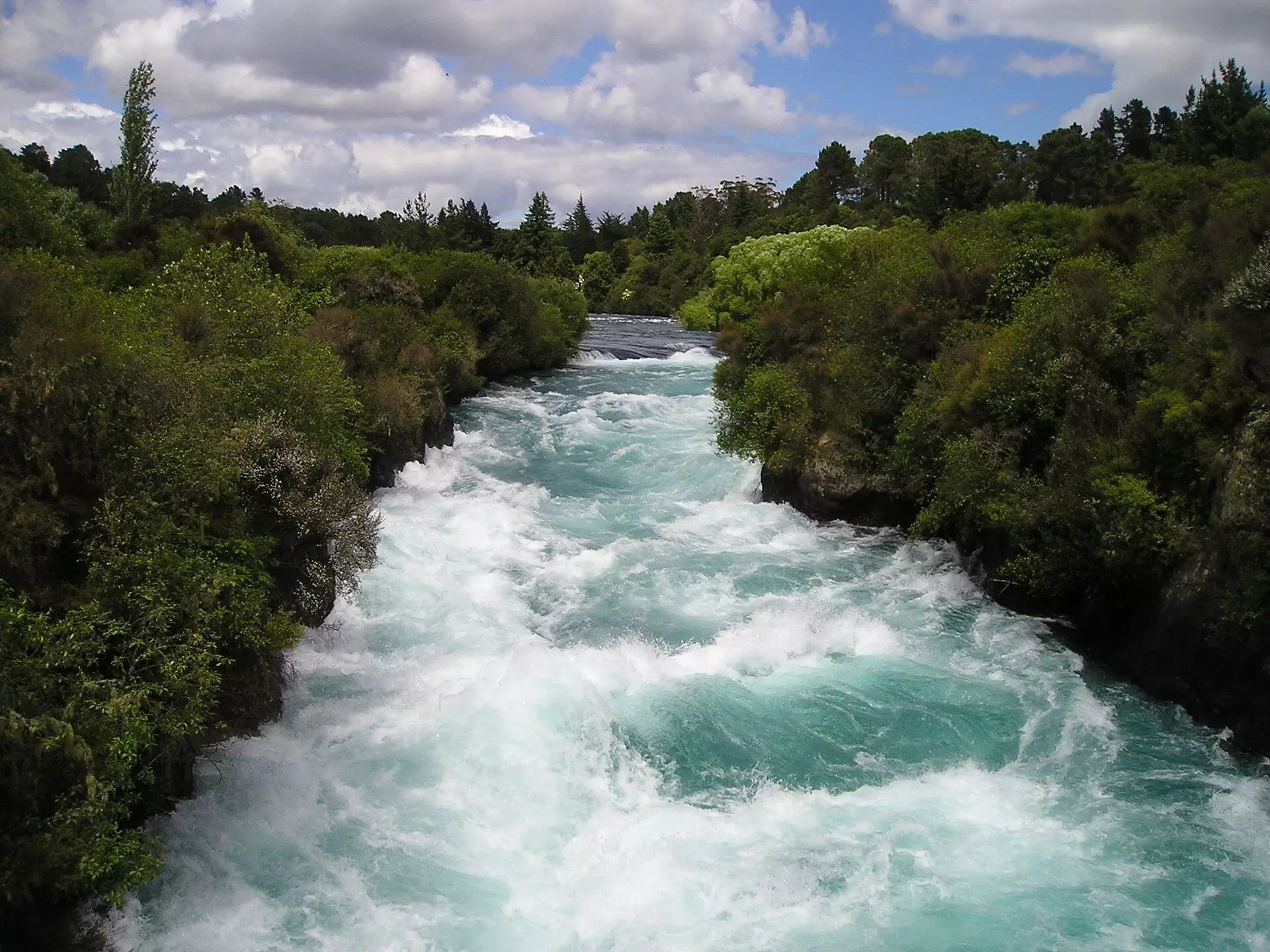The rapid adoption of artificial intelligence (AI) technologies is transforming every facet of modern life, but this shift comes with a significant hidden cost: energy consumption. As generative AI systems like ChatGPT continue to proliferate, they are demanding ever-increasing amounts of energy. Alarmingly, a single AI model can consume as much electricity in one day as around 180,000 average American households. This is merely the surface of the crisis, as the energy required to train advanced models like GPT-4 can exceed 50 gigawatt-hours—equivalent to approximately 0.02% of California’s annual electricity production. With projections indicating that electricity demand could double by 2040, primarily driven by AI data centers, it is essential that stakeholders begin exploring alternative energy solutions before this newfound technological marvel becomes an environmental burden.
The Renewable Dilemma: Capacity Meets Demand
As electricity demands skyrocket, the current infrastructure struggles to keep pace with growth. Significant factors contributing to this surge include AI data centers, increased electric vehicle adoption, and incentives for manufacturing plants. However, the nature of these consumption patterns creates a critical issue: traditional renewable resources like wind and solar energy are inherently intermittent. The result? These alternatives often require extensive battery backups to meet data centers’ insatiable requirements for continuous power. To meet these demands, utility companies may find themselves relying more heavily on fossil fuels, such as natural gas and coal, alongside nuclear energy.
With electricity consumption in data centers expected to grow by a staggering 13%-15% annually through 2030, urgent action is needed to widen our energy generation capabilities. The current trajectory reveals a regrettable trend that pushes major tech companies into the energy sector, seeing them foray into energy production as they inevitably face growing operational costs associated with energy acquisition. Amazon’s recent $650 million acquisition of a data center near an on-site nuclear facility epitomizes this transition, showcasing the lengths to which companies will go to ensure continuous power supply.
Hydropower: An Underutilized Game Changer
In this precarious energy landscape, hydropower emerges as a promising, underutilized resource. Shon Hiatt, a respected authority on energy transitions at the USC Marshall School of Business, emphasizes the vast potential of hydropower in alleviating the electricity demand crisis. Although the U.S. has a multitude of reservoirs—over 90,000—less than 3% currently produce energy. This inefficiency presents an opportunity: repurposing existing water bodies by installing turbines and generators could greatly enhance energy output with minimal ecological disruption.
The U.S. Department of Energy indicates a potential for an additional 10 gigawatts of energy to be generated by upgrading existing hydropower infrastructure. These upgrades are not only feasible but are also time-efficient, with some implementations capable of being completed within months. Moreover, the prospect of harnessing run-of-the-river hydropower offers a significant yet eco-friendly alternative for energy production. Unlike traditional reservoir hydropower systems, run-of-the-river technologies divert only part of a river’s flow, minimizing ecological disruption while still generating substantial amounts of energy. With an estimated 65 gigawatts of unexploited hydropower potential available, the opportunity for sustainable transformation is tangible.
Challenges in Implementation: Overcoming Legal Hurdles
Despite the promise of hydropower, the path to implementing these solutions is fraught with hurdles. One of the primary bottlenecks lies in government policies and regulatory frameworks that can delay the development of run-of-the-river energy facilities for years. The complexities of licensing and permitting often turn a rapidly deployable solution into a prolonged ordeal.
While it is conceivable that combined cycle natural gas plants could compensate for some of this demand in the short term, their long-term sustainability remains questionable. Furthermore, the introduction of small modular nuclear reactors also appears to be on the horizon; however, they are unlikely to be operational before 2030. In the interim, the nation must contend with a looming energy crisis as technological advancements continue to outstrip energy production capabilities.
The Road Ahead: Renewable Integration and Systemic Change
As the intersection of AI and electricity continues to evolve, it’s clear that we need more than just stop-gap measures. Integrating renewable sources like hydropower into our national energy strategy is imperative for fostering a more sustainable future. Failing to do so may result in a strained energy infrastructure that cannot support the dynamic innovation brought by AI. By embracing hydropower and resolving regulatory constraints, we can set the stage for a greener energy narrative—one where we turn the potential environmental crises into a foundational pillar for sustainable innovation. As the demand for electricity rises, so too must our resolve to develop a cleaner, more sustainable energy infrastructure capable of meeting modern challenges head-on.


Leave a Reply